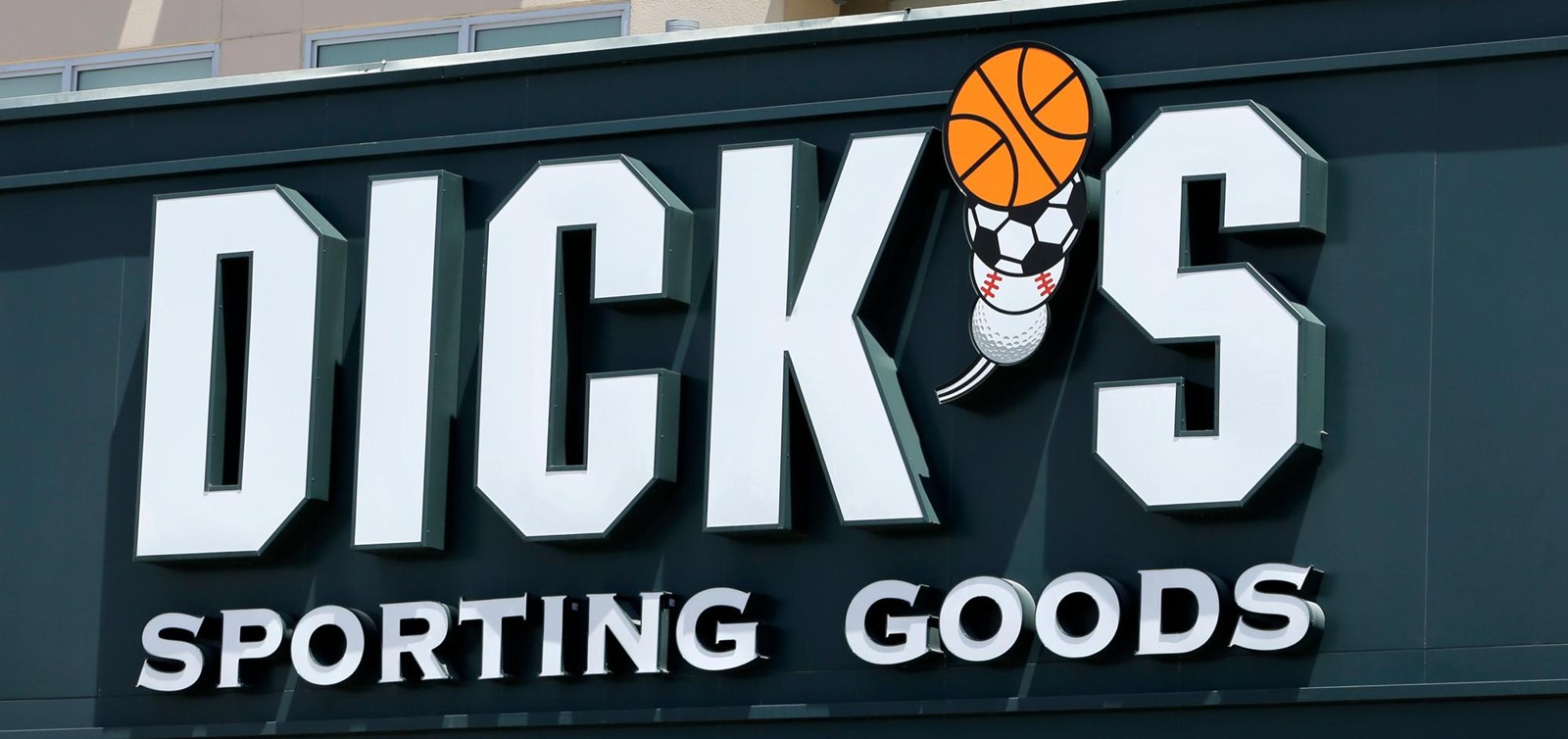
Dick’s Sporting Goods reached a $2.4 billion deal to acquire Foot Locker, combining two retailers troubled by President Donald Trump’s tariff wars.
Dick’s will pay $24 a share for Foot Locker, reflecting a premium of 86.5% on the closing share price on Wednesday, before news of the deal emerged. Shareholders in Foot Locker can also elect to receive Dick’s shares instead of cash.
The transaction implies an equity value of $2.4 billion and an enterprise value of $2.5 billion, the two companies said in a statement.
Shares in Foot Locker extended gains to surge 83% in premarket trading Thursday. Meanwhile, Dick’s Sporting Goods fell as much as 13% in trading before the bell on the back of the company’s largest acquisition.
Though both chains rely heavily on selling sneakers, the acquisition would bring together two companies with vastly different business models. Foot Locker is a 2,400-store chain made up of mostly smaller, mall-based locations in 20 countries, whereas Dick’s is comprised of roughly 800 big-box stores in suburbs across the U.S.
The deal will change Dick’s profile significantly, giving the company a lot more exposure to mall-based retail and international locations. Adding $8 billion of revenue, or about 60% of Dick’s sales, has the potential to ratchet up the big-box retailer’s market power and negotiating muscle at a time when supply chain challenges loom large.
Dick’s Chief Executive Officer Lauren Hobart has overseen efforts to improve the retailer’s e-commerce capabilities and also invest in its physical stores. But the company’s sales growth has tapered off in the two most recent quarters.
The tariffs — and weakening consumer sentiment — have hit retailers across the board, as price hikes and shopper pullback have rippled across the industry. That’s made it challenging for specialty retailers to hold their own, as signified by the recent take-private deal of Skecher’s Inc.
CVS bids for Rite Aid
CVS Health Corp. is trying to buy stores and patient data from Rite Aid Corp., the beleaguered pharmacy chain that is going out of business after filing for bankruptcy a second time earlier this month.
CVS, which already owns the largest chain of retail pharmacies in the U.S., put in a bid for a significant number of stores in Washington, Oregon and Idaho, as well as patient prescription information, Rite Aid Chief Executive Officer Matthew Schroeder told employees Thursday, according to a recording of the meeting reviewed by Bloomberg News.
The additional stores would broaden CVS’ reach in a part of the country where it has a smaller presence per capita than in other regions.
A CVS spokesperson declined to comment. Rite Aid didn’t immediately provide comment.
Rite Aid has also received multiple bids on some of its pharmacy assets, such as patient data and inventory, from Walgreens Boots Alliance Inc., Albertsons Cos., Kroger Co., Giant Eagle Inc. and others, Schroeder said. The potential buyers are interested in continuing to employ Rite Aid workers, he said.
“We are not going to emerge from bankruptcy,” Schroeder said to employees. “Once our assets are sold, Rite Aid will no longer exist.”
Walgreens, Albertsons, Kroger and Giant Eagle did not immediately provide comment.
Bids will be presented to the bankruptcy court May 21, Schroeder said. On June 6, the court will hold a hearing on Rite Aid’s plan for financing while it winds down the company.
Retail sales slow
U.S. consumers spent slightly more at retail stores last month after ramping up their shopping in March to get ahead of tariffs.
Sales at retail stores and restaurants rose just 0.1% in April from March, the Commerce Department said Thursday. That is much lower than the previous month’s 1.7% gain, which reflected a surge in car sales as consumers accelerated purchases ahead of President Donald Trump’s 25% duty on auto imports that went into effect this month.
Last month’s tiny increase after the March surge makes it harder to get a clear read on consumer spending trends and reflects the ongoing turmoil and uncertainty in the economy in the wake of Trump’s stop-and-go tariff policies. Many publicly traded companies have withdrawn or held off on the traditional practice of forecasting their revenues and earnings for the rest of this year because the economic landscape has become so chaotic.
Meanwhile, Americans are increasingly gloomy about the economy’s prospects, according to sentiment surveys, but it’s not yet evident whether that will translate into reduced spending and slower economic growth.
Compiled from Bloomberg and Associated Press reports.


 PREVIOUS ARTICLE
PREVIOUS ARTICLE
